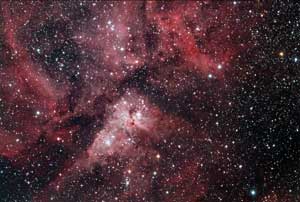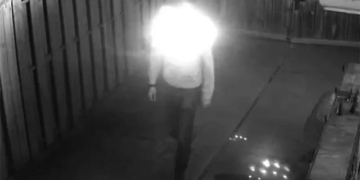 The Orion Nebula is a star-forming region located relatively close to Earth—about 1,500 light-years away—making it an ideal subject for astronomers studying stellar birth.
The Orion Nebula is a star-forming region located relatively close to Earth—about 1,500 light-years away—making it an ideal subject for astronomers studying stellar birth.
The Hubble Space Telescope has once again been brought into action to capture a highly detailed image of this nebula, allowing researchers to observe stars that are invisible in the visible light spectrum.
Within the tumultuous environment of the Orion Nebula, one can distinguish columns of gas and dust that shroud newly formed stars, alongside young, massive, and hot stars emitting radiation that outlines the contours of the nebula.
Thanks to the new images of the Orion Nebula, researchers have been able to detect brown dwarfs in the visible light spectrum—these are stars that lack sufficient mass to shine brightly.
Massimo Robberto, a researcher at the European Space Agency (ESA) and the Space Telescope Science Institute (STSCI) in Baltimore, explained that the objective of this new study conducted with the Hubble Space Telescope is to determine the masses of these young stars and to catalog the stars that are in the process of formation. This research was presented at a conference of the American Astronomical Society.


















































